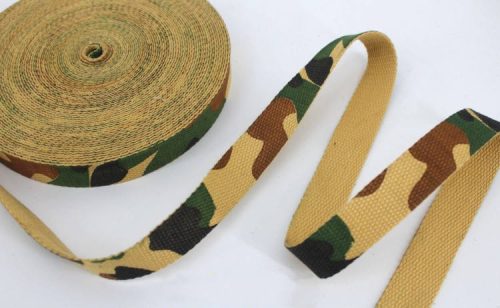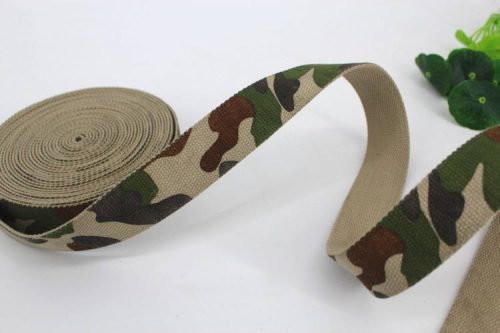Cotton webbing is known for its softness and comfort, which makes it a great choice for products that come into direct contact with the skin or require ergonomic design. Here are ways to enhance comfort when using cotton webbing in various products:
- Padded Lining:
- Add a layer of soft padding underneath the cotton webbing for products like bag straps or harnesses. This can prevent the webbing from digging into the skin and provide extra cushioning.
- Adjustability:
- Incorporate adjustable features, such as buckles or sliders, to allow users to customize the fit of products like belts, bag straps, and harnesses.
- Wide Straps:
- Use wider cotton webbing for products like backpack straps, which distribute weight more evenly and reduce pressure points on the shoulders.
- Ergonomic Design:
- Design products with ergonomic shapes that follow the natural curves of the body. This can enhance comfort and prevent chafing.
- Breathable Materials:
- Combine cotton webbing with breathable materials, like mesh or lightweight fabric, for products that are worn for extended periods, such as backpacks or harnesses.
- Moisture-Wicking Features:
- Integrate moisture-wicking properties into the cotton webbing or its lining to keep users dry and comfortable, especially in sports or outdoor gear.
- Anti-Chafing Measures:
- Use smooth edges or cover the edges of cotton webbing to prevent chafing or irritation against the skin.
- Cushioned Padding:
- Add cushioned padding inserts or foam padding within the cotton webbing to enhance comfort in items like camera straps or bag handles.
- Breathable Padding:
- If adding padding, ensure that it is breathable and doesn’t trap heat against the body.
- Seamless Integration:
- Seamlessly integrate cotton webbing with other materials to create smooth and comfortable transitions in products like bag straps or backpack harnesses.
- Body Mapping:
- Design products that consider the natural contours of the body, providing extra padding or support where needed.
- Anti-Slip Features:
- Use anti-slip materials or textures to prevent products like bag straps from sliding off the shoulder.
- Testing and User Feedback:
- Test prototypes with potential users to gather feedback on comfort and make necessary adjustments.
- Elastic Inserts:
- Incorporate elastic inserts in products like belts or harnesses to allow for comfortable movement and flexibility.
- Contoured Shapes:
- Design products like backpack straps with contoured shapes that conform to the body for optimal comfort.
Remember that comfort can be subjective, so it’s important to consider the preferences and needs of the users when designing products with cotton webbing. By prioritizing comfort and thoughtful design, you can create products that are not only functional but also a pleasure to use.


